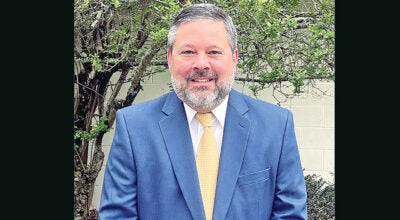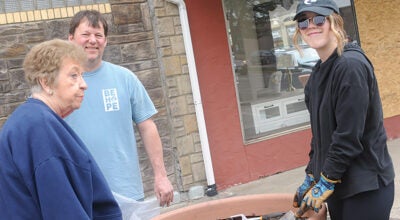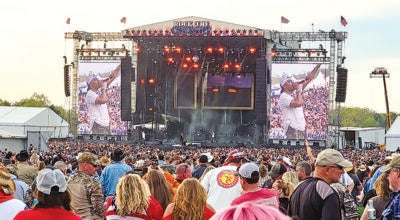Forensic Fantasy
Published 10:30 am Friday, October 31, 2008
CHESAPEAKE — A Halloween dance at the Chesapeake Middle School gym ends in blood splattered all over the stage floor.
A pretty blonde goes missing; Suspicion falls to a teacher and three students.
In Chesapeake? What’s going on here? Well, first that’s not really blood, just some awfully realistic brick red paint.
Those kids dressed up for the dance? They’re students acting. So are the suspects. And the blonde, she shows up eventually, when the bell rings at 3 p.m.
It’s all part of a two-day forensic science presentation by the CMSI or Chesapeake Middle School Investigators, made up of seventh and eighth grade talented and gifted students. Every year or so, the TAG students delve into a subject-driven project. This time it was how the experts scientifically figure out the crimes.
It began Thursday with a student-written mystery, which proffered the deadly dance scenario, to student-conducted seminars ranging from ballistics to handwriting analysis to blood splatters to forensic odontology.
Odontology? That’s the crime busters’ jargon for checking out teeth to see who dunnit.
“The goal is to provide hands-on learning experience in all areas of the curriculum,” Terry Montgomery, the gifted intervention specialist at Chesapeake schools, said. “There’s math using the projectory angles of blood splatters. You find out how tall a person was from doing forensic anthropology to measure the bone. There is a formula to figure out the height of an individual.”
Thursday the TAG students taught nine different sessions to the fifth and sixth graders. Today, they’re doing the same for seventh and eighth graders.
Throughout the seminars clues given out were used by the students to come up with what actually happened and who of four possible suspects was responsible.
“This shows how science solves crimes,” Montgomery told Thursday’s assembly gathered to hear and see the play written by TAG students, Courtney Baker, Samantha Miller and Chris Dehner. “This is not written from a book. Our students wrote this.”
After seeing the mystery, the students were divided into the various seminars where they picked up clues and learned a little more about how forensic science work.
“It is pretty neat to see how real forensic science works,” Dehner said as dressed in white overalls she waited for the first group of students to come in. Dehner and Baylee Diamond, who also played the “victim,” were in charge of explaining the fine art of blood splatters. The overalls were to show the importance of not allowing contamination of a crime scene.
“We learned about JonBenet Ramsey and how they tripped over everything,” Dehner said.
The 1996 death of a 6-year-old beauty queen in Colorado has never been solved because much of the forensic evidence was tainted.
Down the hall TAG student Sawyer Stephens was explaining how the various treads in tires and soles of shoes can be used to determine the culprit. Watching films of actual crime scenes gave him extra authority as he explained.
“I’ve learned forensic science is an activity that is very interesting,” Sawyer said. “It is teaching me how people work for a living and solve crimes.”





